Parenthood comes in many forms. Having fur babies and leaf babies in one home creates an environment full of life and nourishment. It also comes with the responsibility of keeping everyone safe. If your pet is showing interest in your plants, or you are worried that they might, there are precautions to take in order to minimize damage. You can introduce a new toy whenever you bring home a plant to divert your pet’s attention or use hangers and stands to keep your plants off the ground and out of reach. The easiest way to protect your pet is to make sure all of your accessible plants are pet-safe*.
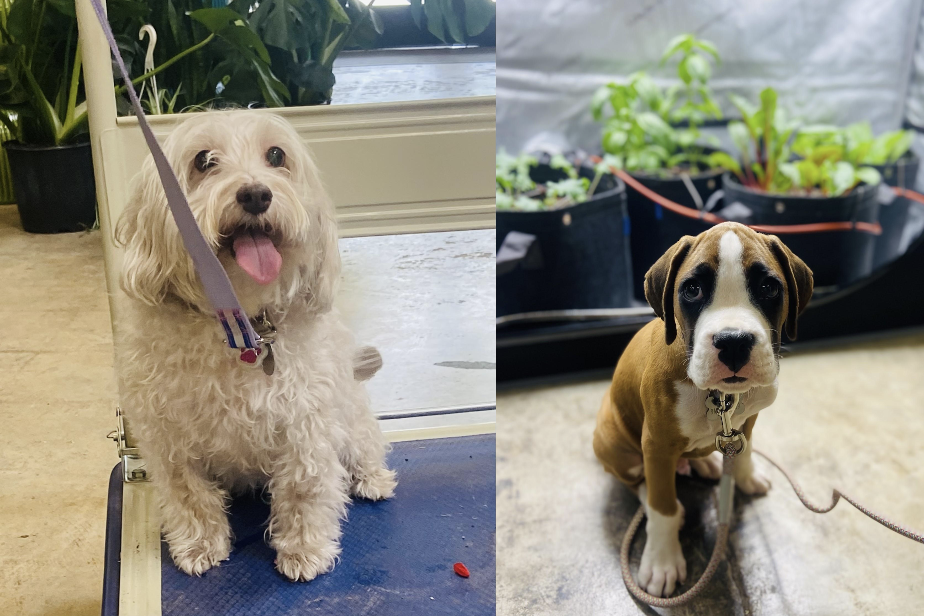
What makes a plant “unsafe” for pets?
Plants have built-in defense mechanisms to keep animals from eating them. They create secondary metabolites which become toxic when ingested by most animals. Oxalates are toxic plants whose juice or sap produces oxalate crystals that cause irritation of the mouth, tongue, and throat as well as gastrointestinal ailments. Dermatitis are toxic plants whose juice or sap causes skin inflammation and rashes. The level of toxicity differs from plant to plant. Minor toxicity plants typically only cause slight oral and gastrointestinal inflammation. This includes many popular plants like Pothos (Epipremnum and Scindapsus) and Snake Plants (Sansevieria). Though it probably won’t lead to anything serious, it is best to make sure your pet isn’t munching on them. Major toxicity plants can cause more severe ailments and can sometimes be fatal. Some dangerous plants to keep your pet away from are Sago Palms, Spathyphyllum (Peace Lilies), and Schefflera.
What plants can I bring into my pet-friendly home?
Luckily, there are plenty of options to add greenery to your space that won’t put your pet in harm’s way! Here is a list of some of the plants that we carry with your pet’s safety in mind**:
AFRICAN VIOLETS
Keep their leaves dry to avoid melting by bottom watering or keeping them in self-watering pots.

CACTI
Although most common cacti are non-toxic, their spines pose their own danger to pets’ skin. Make sure they’re not trying to use it as a scratching post!
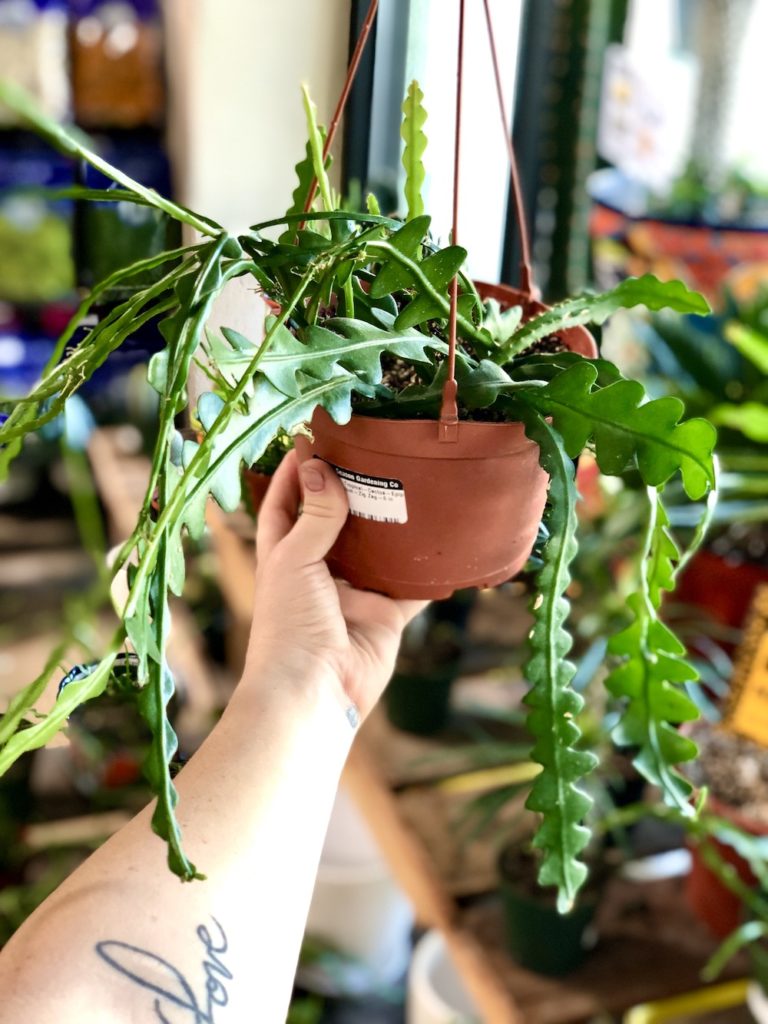
CALATHEA
These high-maintenance “prayer plants” love lots of humidity, filtered water, and bright, diluted light. In addition to Orbifolia, Ornata, and Vittata here are some of our favorites:
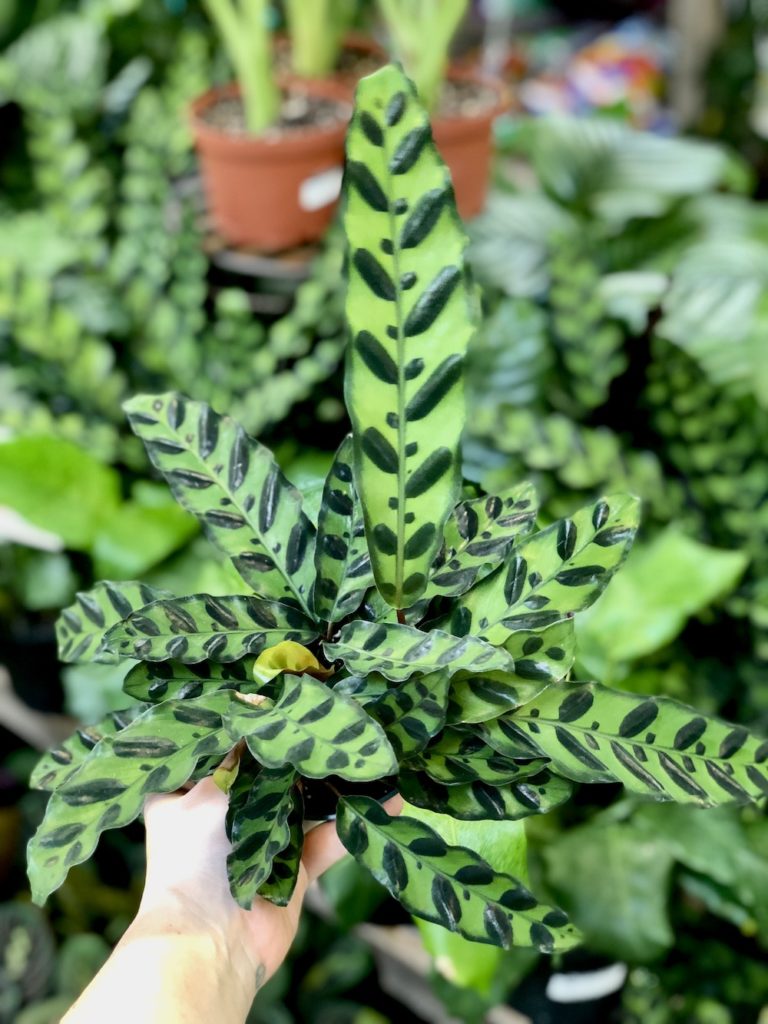
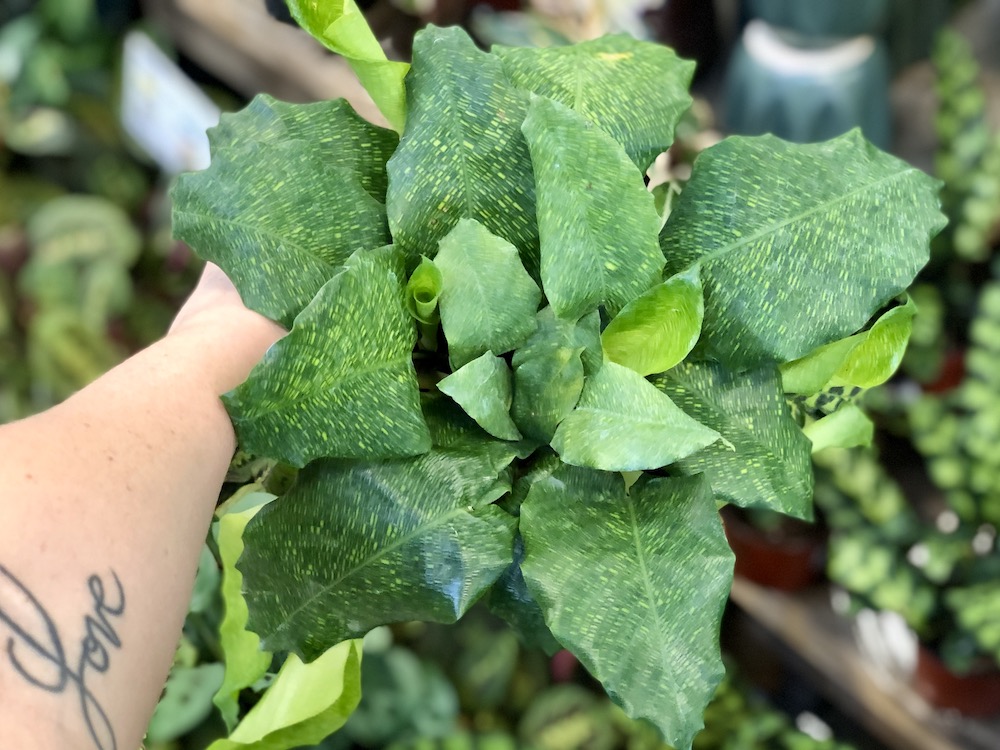
FERNS
Keep these drama queens moist and out of direct sunlight to fend off crispy foliage.
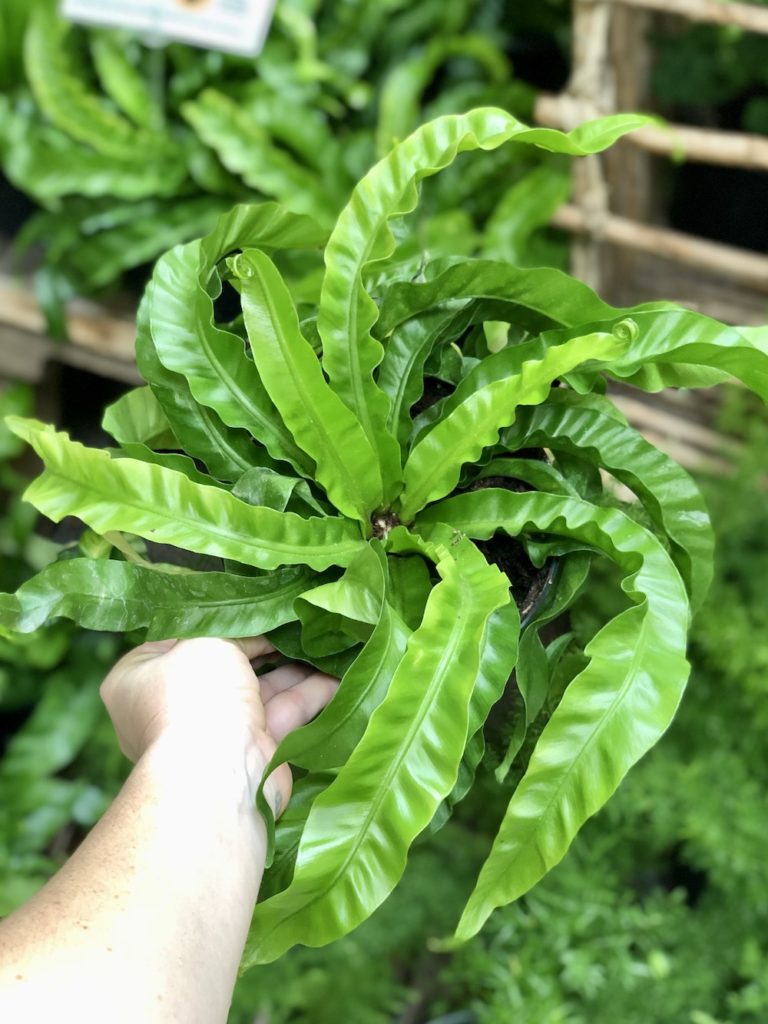
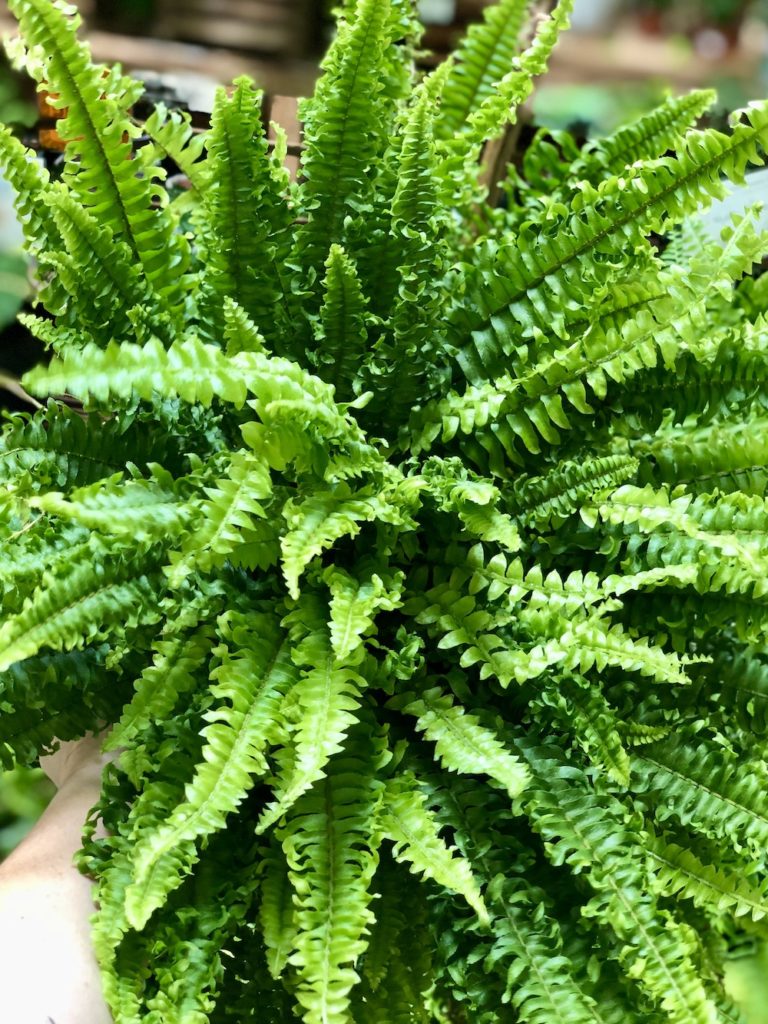

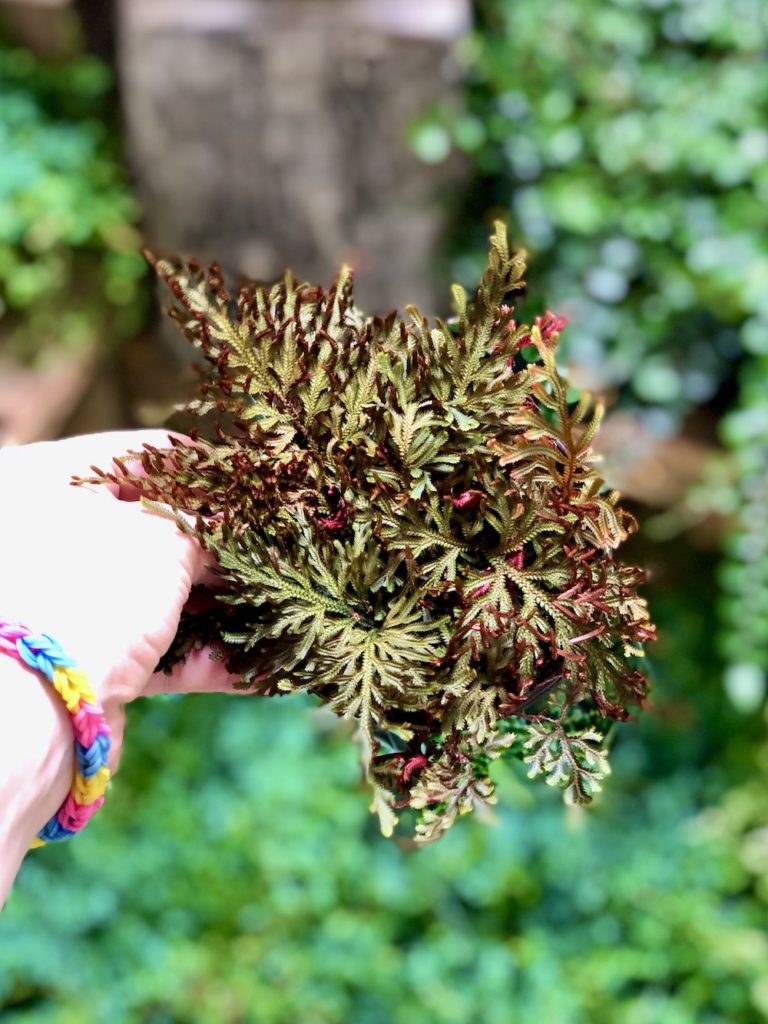
Fittonia
This plant has some nerve – it will faint when thirsty, and perk right back up after a nice soak. Keep it moist to avoid the soap opera.
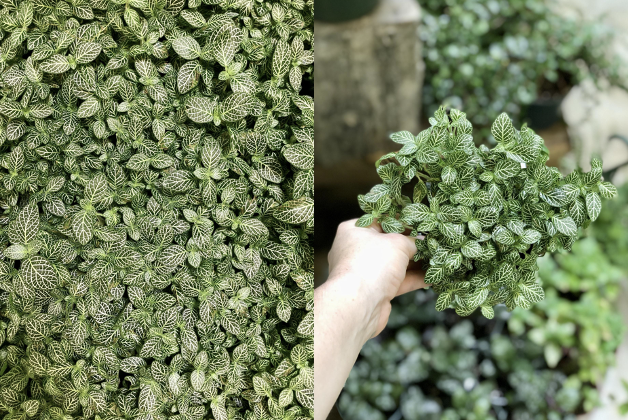
Goldfish
Give this plant lots of humidity and sunlight to encourage the blooming of its adorable goldfish-shaped orange flowers.
- Hirta
- Nematanthus
Hoya
Give these “wax plants” bright, direct sunlight to watch their colors shift to vibrant reds and pinks.
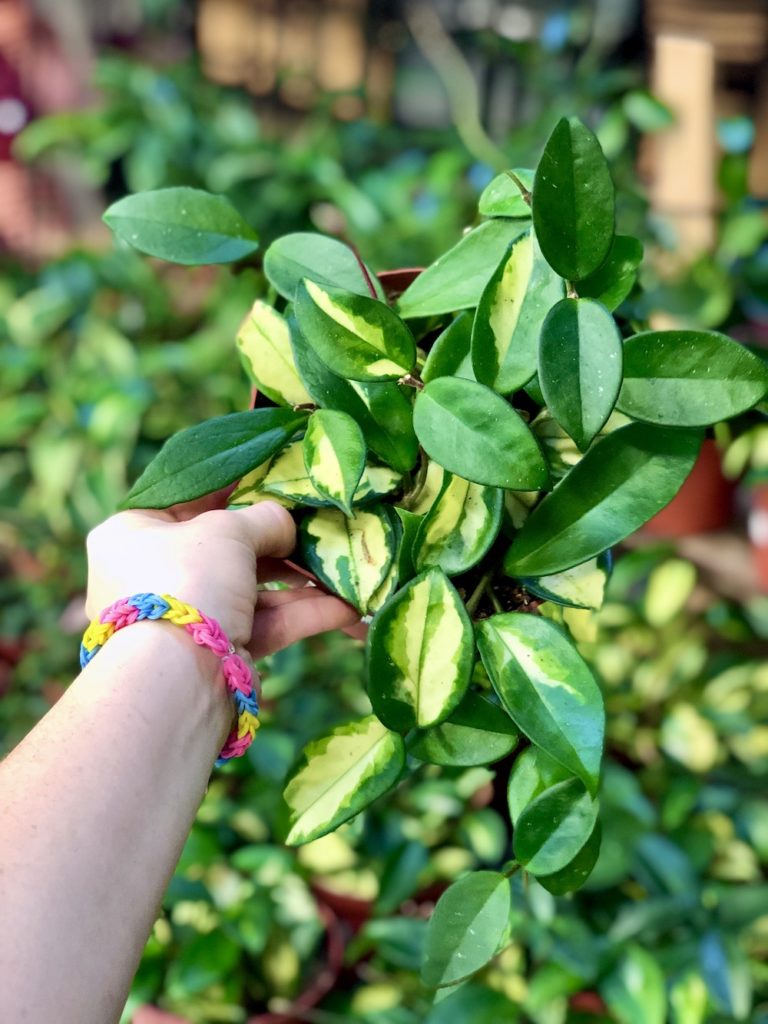
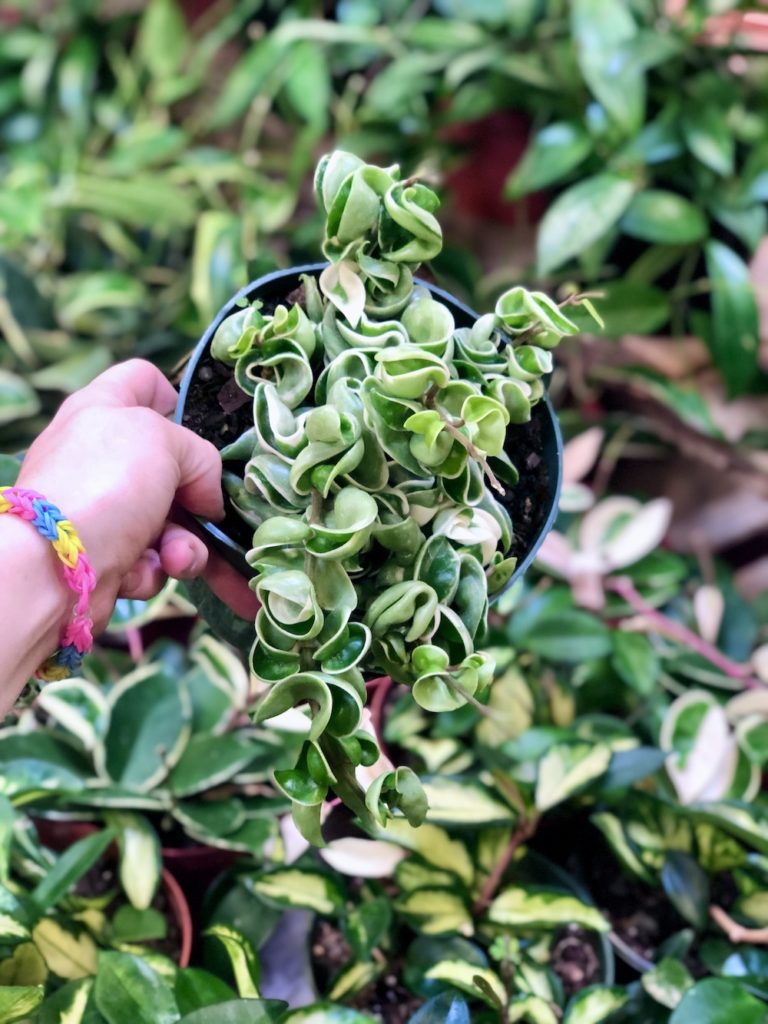
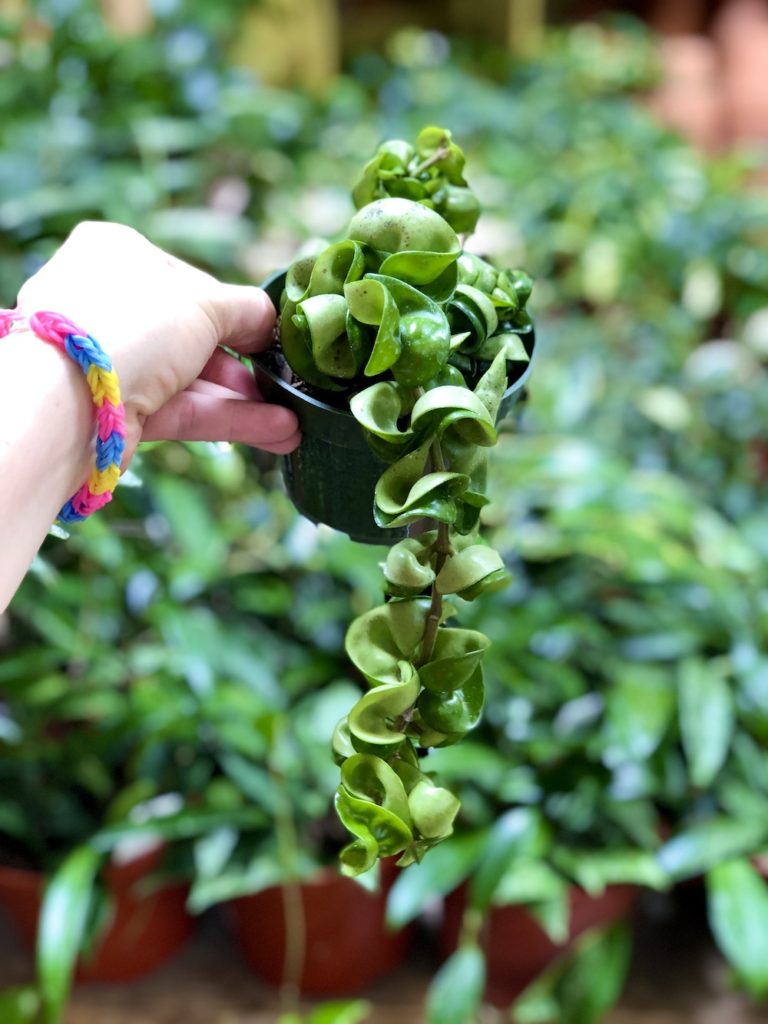
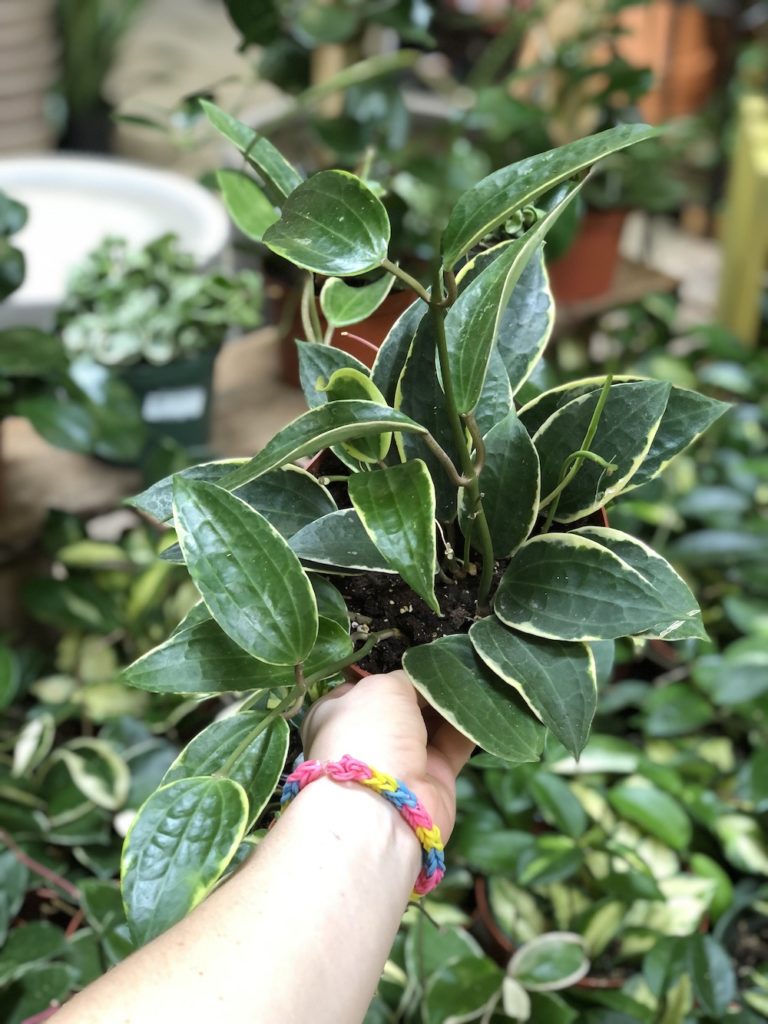
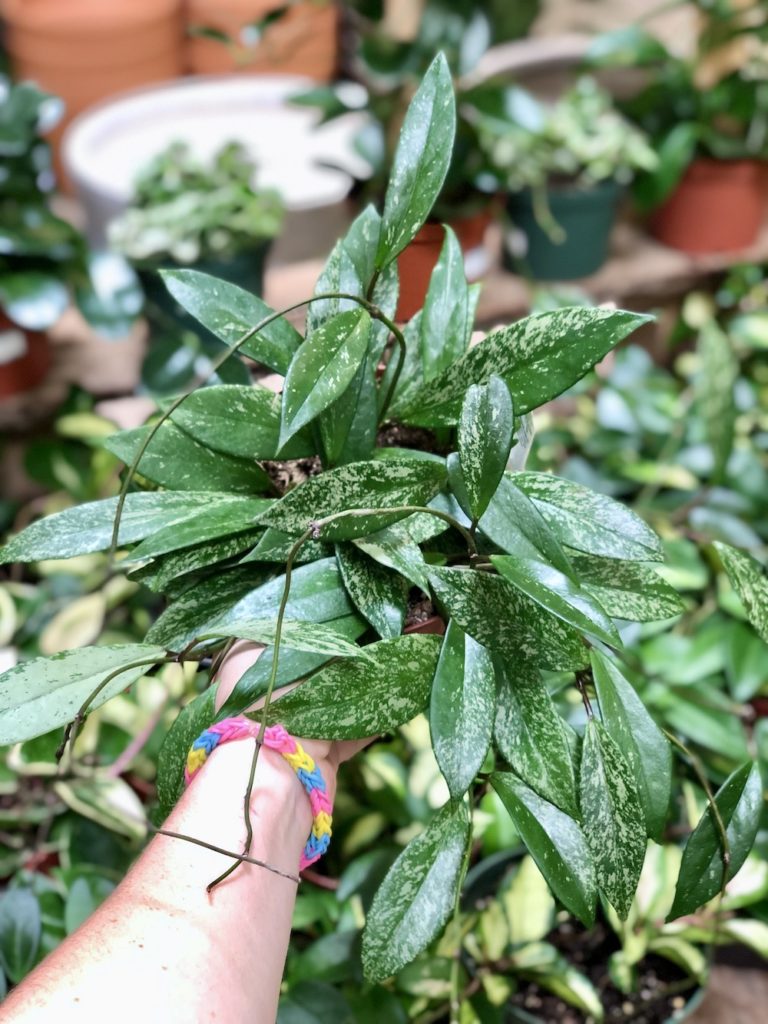
Hypoestes
Add a “splash” of color to your collection with this adorable polka-dot plant.
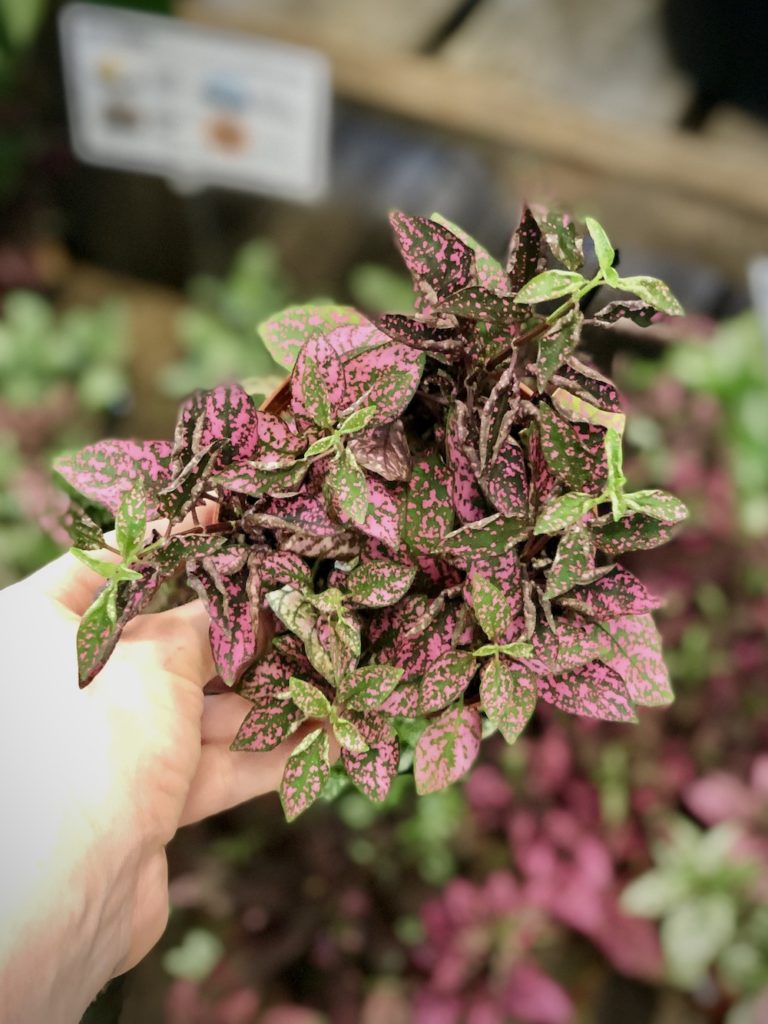
Lipstick
This trailing beauty loves tropical conditions. A combination of high humidity and bright light will result in beautiful lipstick-red blooms.
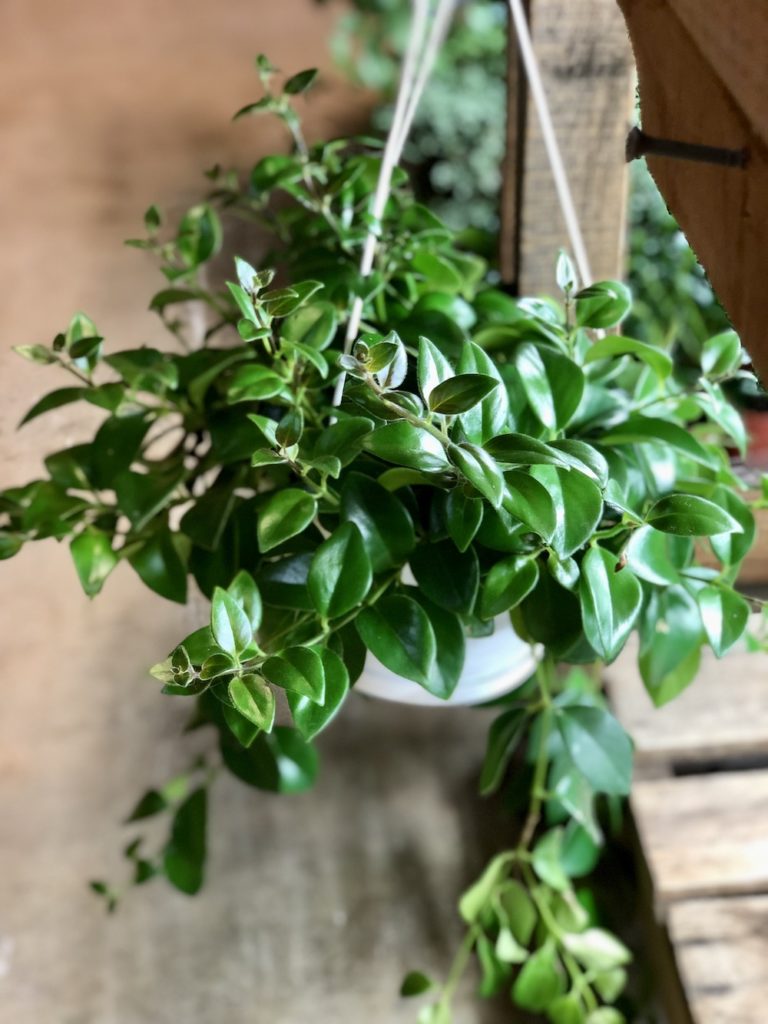
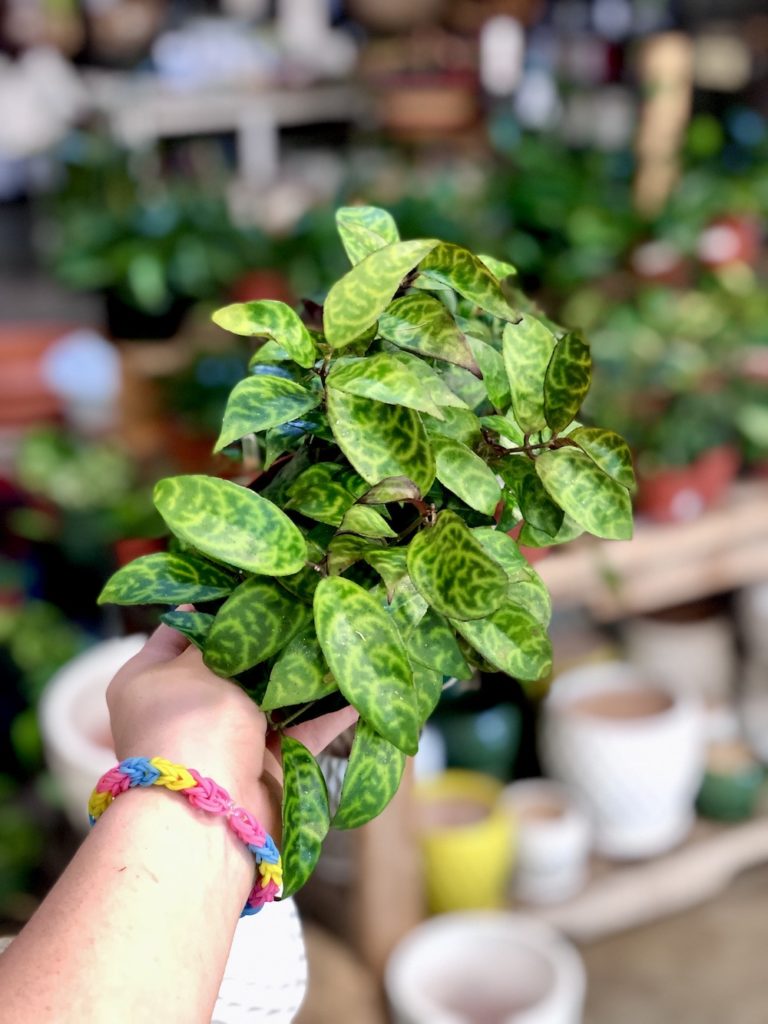
Maranta
Another “prayer plant” that is a moisture lover and a lower maintenance alternative to the calathea.
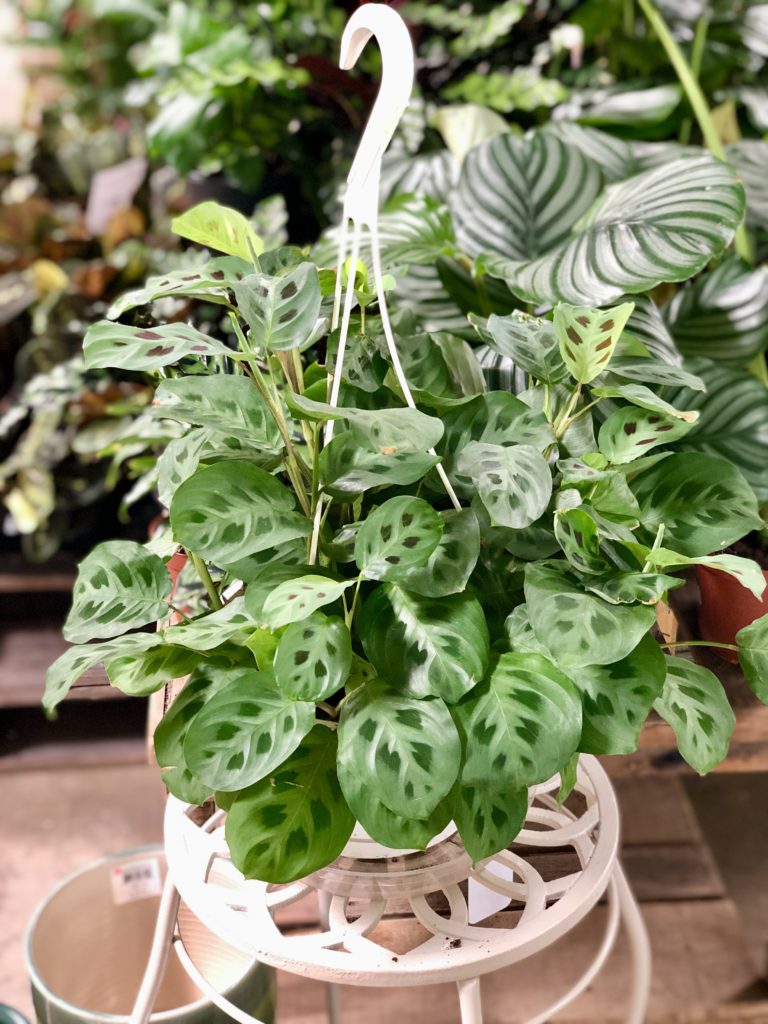
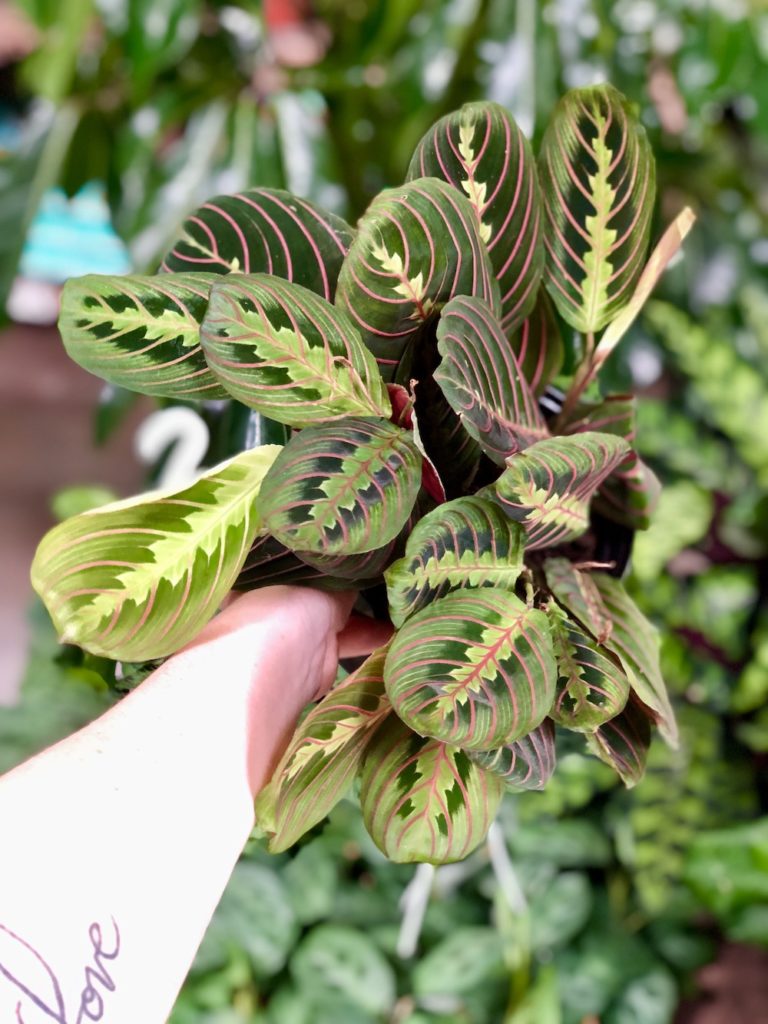
Palm
Many (but not all) palms are safe for pets to chew on if they crave that grass-textured goodness. Keep them in high light with consistent moisture and they’ll love your home! Shop for Areca, Cataractarum “Cat”, Majesty and:
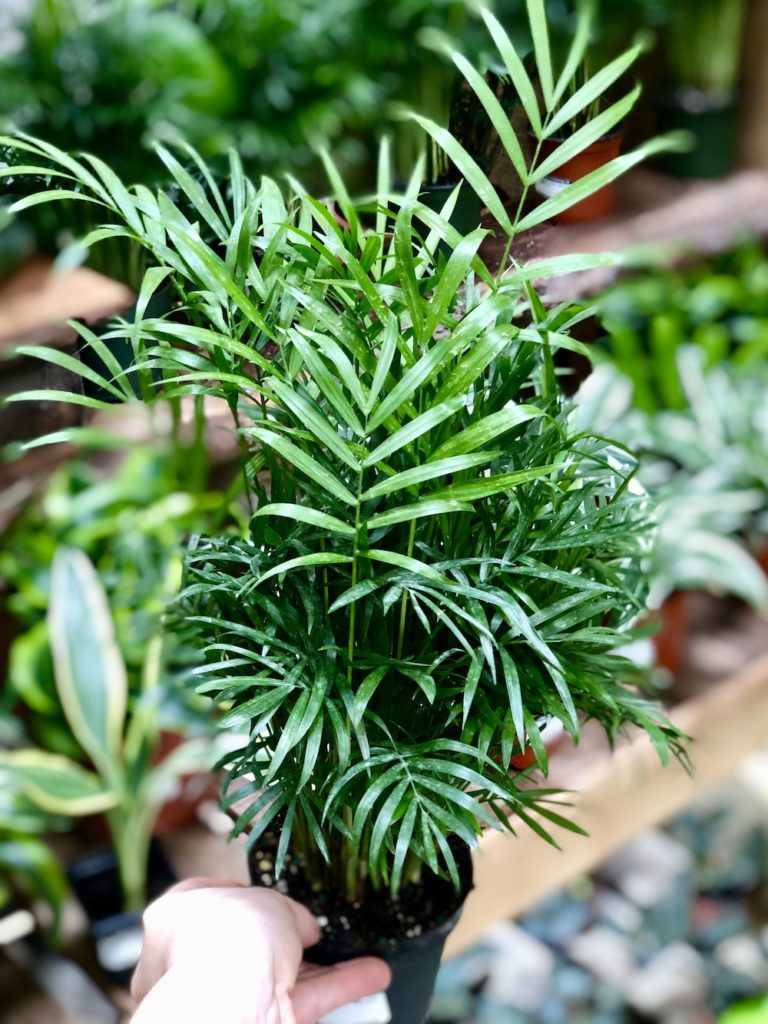
Peperomia
Keep this juicy beauty in the sun and consistently moist for optimal foliage.
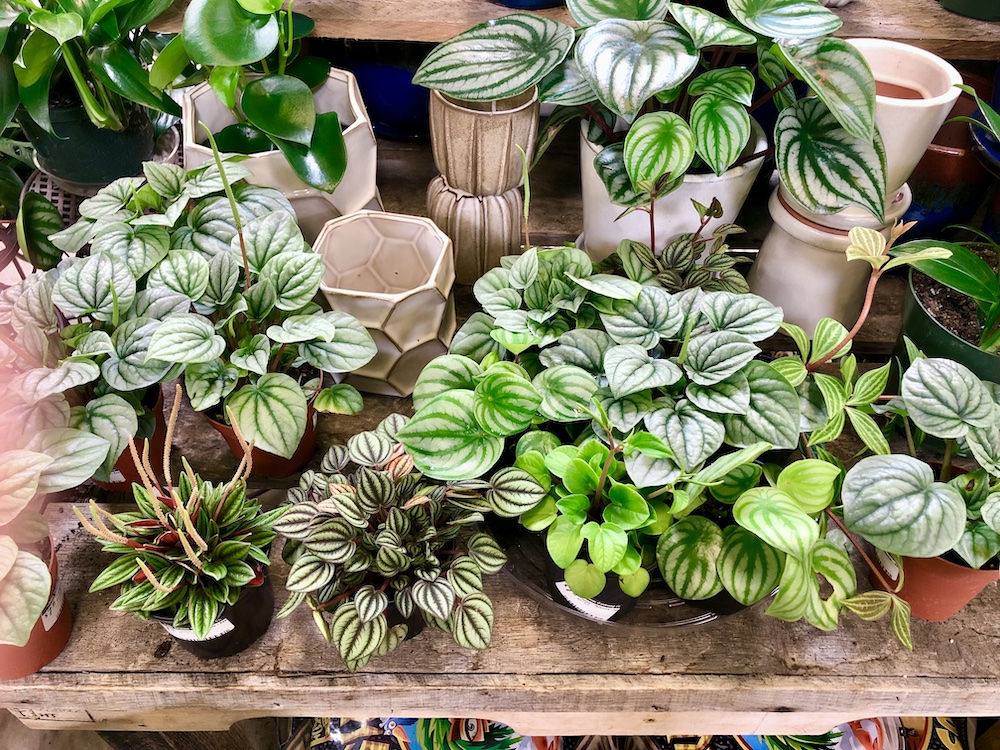
Pilea
Lots of humidity is the key to keeping this plant full and lush. It also makes a perfect addition to any terrarium, open or closed! Shop for Cadierei “Aluminum Plant”, Depressa “Baby Tears”, Glauca and:
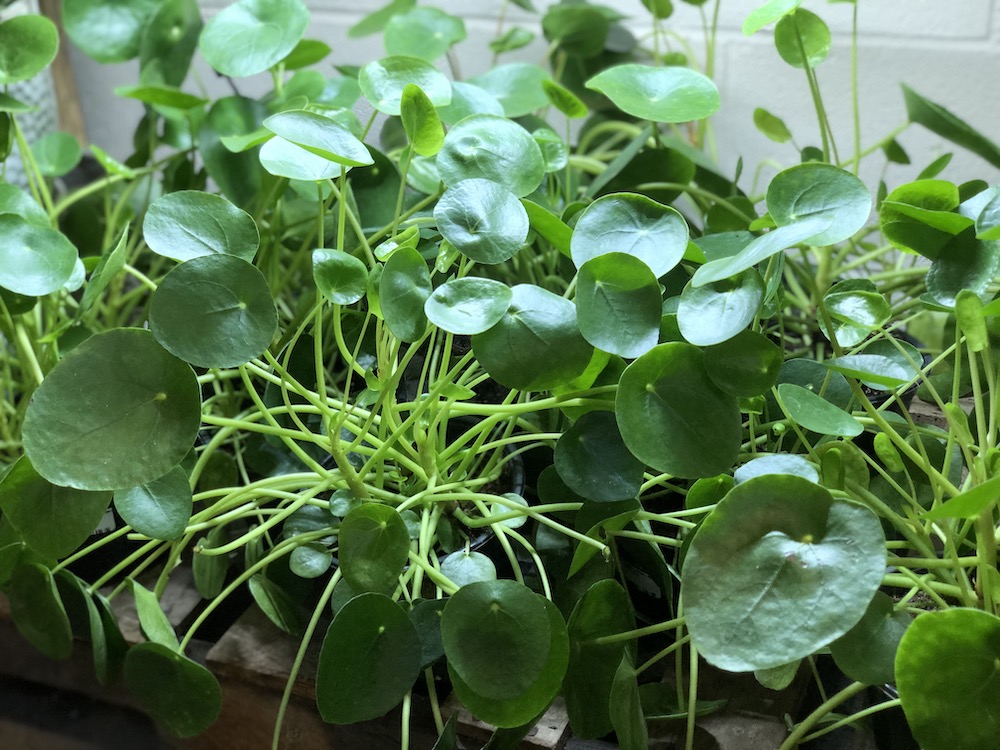
Succulents
Only some succulents fall into the pet-safe category. Luckily not only are they super aesthetically pleasing, but they thrive on sun and neglect. Shop for Aeonium, Dudleya, Graptopetalum, Haworthia, Ponytail Palm, Sempervivum, and:
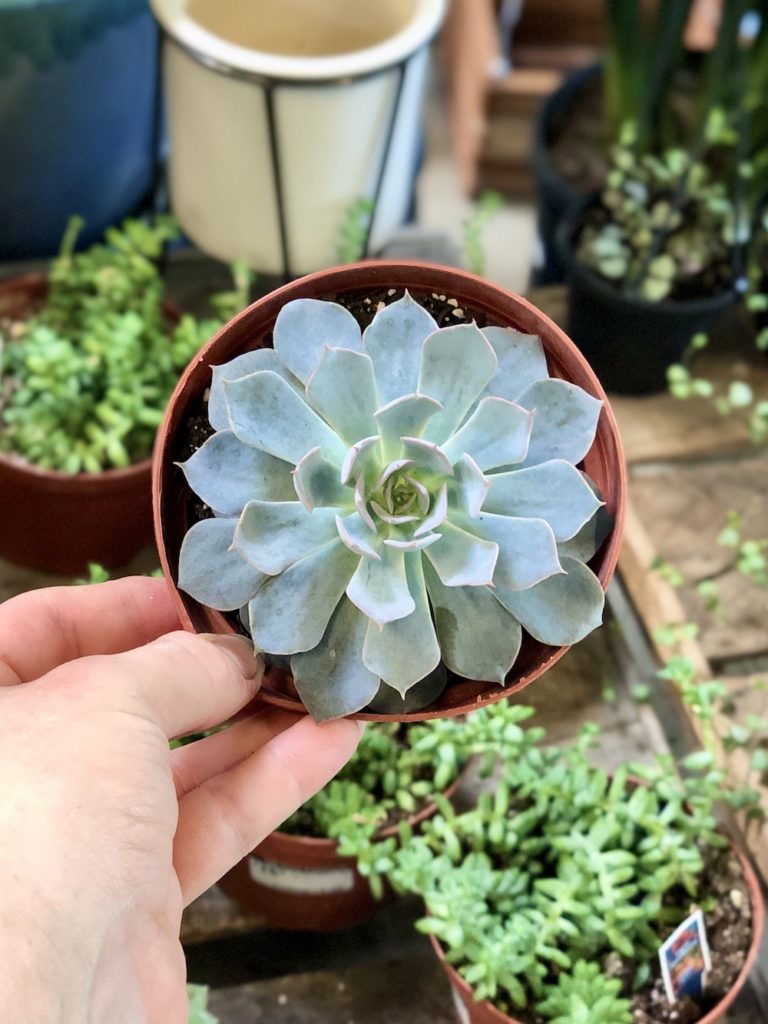
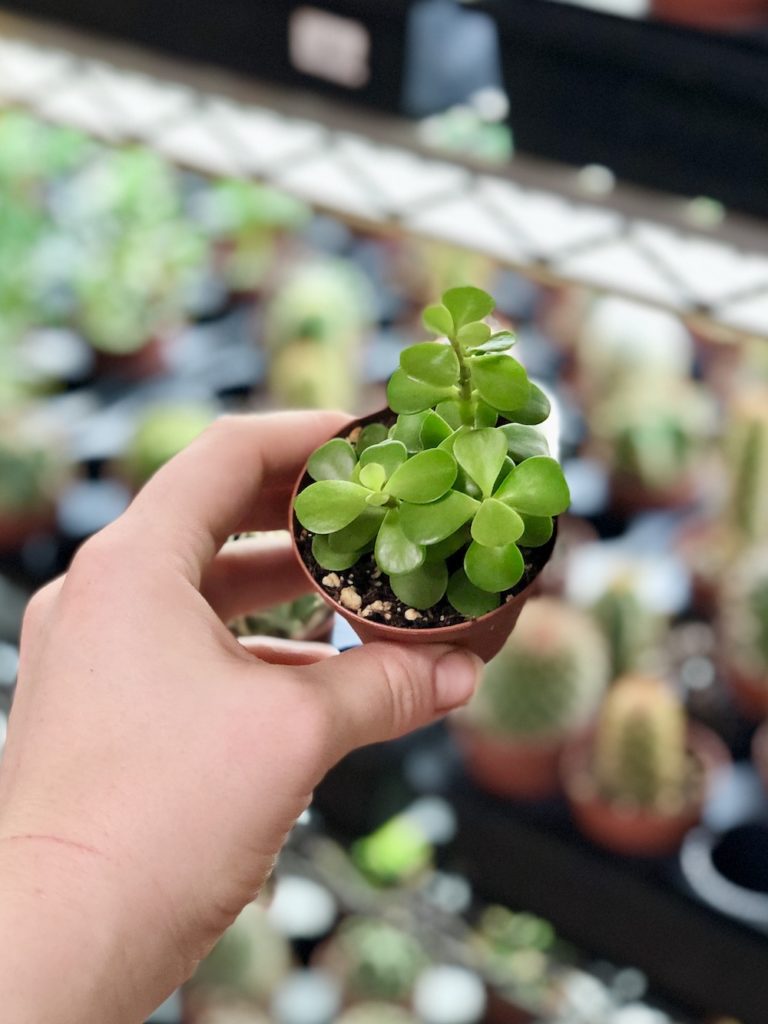
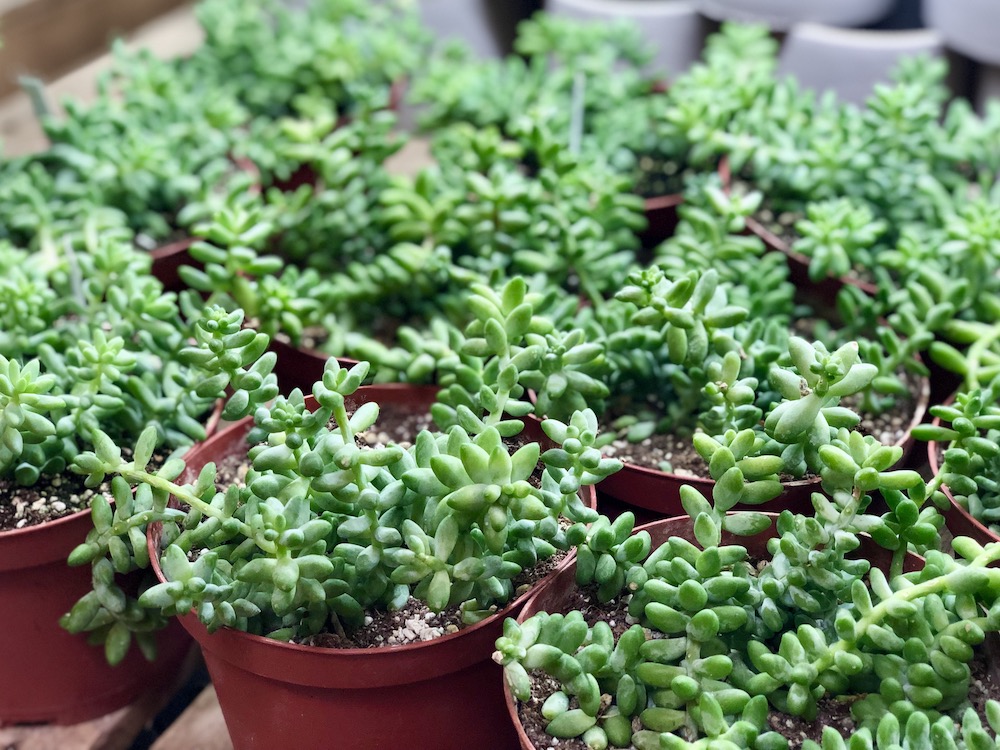
Tillandsia
“Air Plants,” true to their name, don’t need to live in substrate to thrive. Stick them pretty much anywhere that gets light and give them a short soak once a week.
Follow us and share your plants and pets!
For more ideas of fun ways to incorporate your passions and hobbies into your fur baby filled home, follow our new instagram page @5sashevillepets (www.instagram.com/5sashevillepets) as well as our @5sasheville instagram page. We love seeing your pets enjoying the company of your plants, beer, and DIY projects with you!
*Keeping your home pet-safe can ease your concern for your pet’s health. Still, as always, if your pet consumes anything they aren’t supposed to, contact your local vet for assistance in handling the next steps. You can also contact the ASPCA at 1-888-666-2279 or the Pet Poison Helpline at 1-855-764-7661 for support.
**This list applies mostly to dogs, cats, and similar mammals. Other pets, such as amphibians and reptiles, have different sensitivities. Make sure to research what is safe for your scaly and slimy friends before adding any foliage to their enclosures.

www.premierpoolfenceorlando.com/ says
wonderful article, really helpful for gardening. I appreciate you sharing this. Keep going!